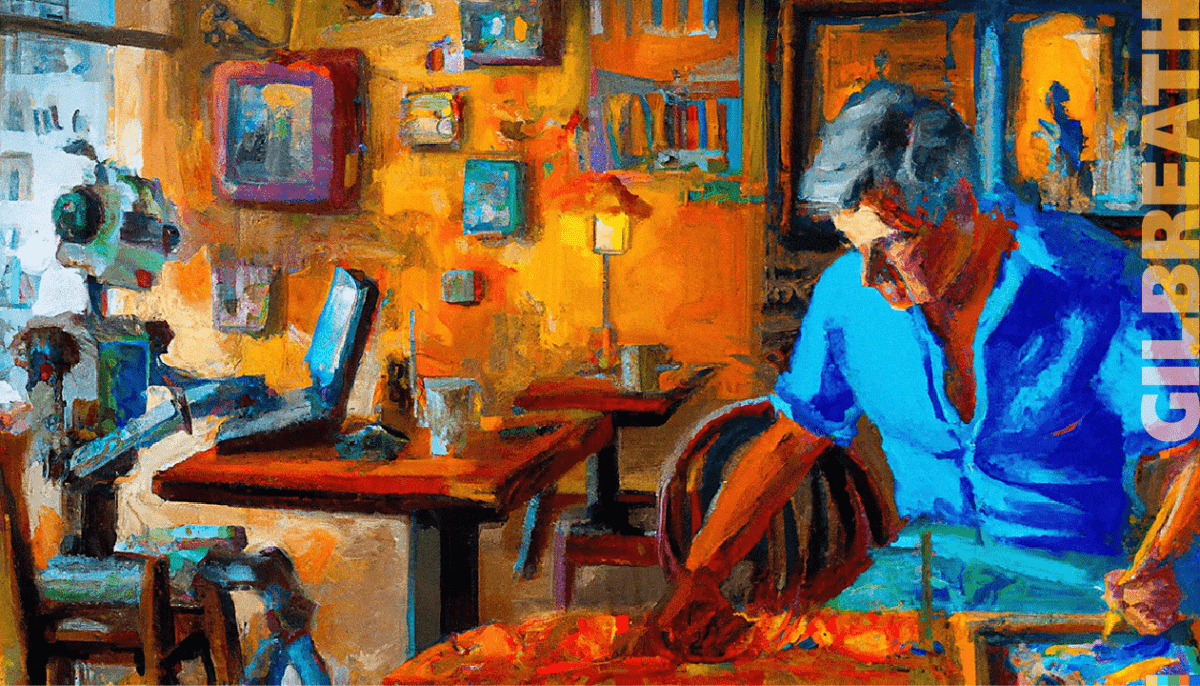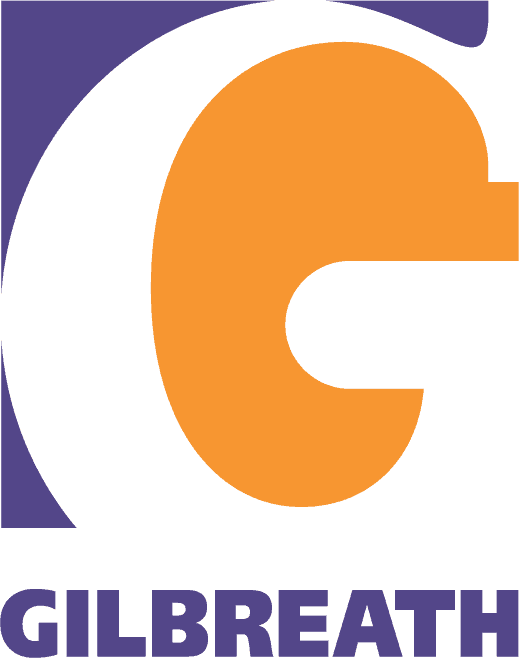
By Wayne Hall
Senior Copywriter
Old expressions like, “I can’t find the words” and “words fail me” are still commonly heard in casual conversation.
But such phrases may now be obsolete in the communications industry, thanks to the rise of Large Language Models (LLMs), the newest technology in Generative Artificial Intelligence (AI). LLMs are text generators with an ability to produce coherent text quickly. The speed and reliability of LLMs has enabled these systems to win millions of users worldwide in record time.
ChatGPT, a text-generating LLM launched in November 2022 by the OpenAI research organization, became an overnight hit when it debuted as a free chatbot. With ChatGPT, you can enter simple text prompts or engage in conversation and get immediate coherent responses. ChatGPT is so effective at writing comprehensible documents and computer code that some believe it will soon overtake the capabilities of human professionals.
A few weeks ago, OpenAI announced the launch of ChatGPT Plus, a premium, faster-response version of ChatGPT, which will be available for $20 per month and is launching, for now, exclusively in the United States. OpenAI is inviting people onto the ChatGPT Plus waiting list and intends to expand access and support to other parts of the world shortly.
Lane Ellis of TopRank Marketing recently wrote about the overnight popularity of ChatGPT — alongside the overall AI revolution — and discussed the pluses and minuses of its impact in marketing and beyond.
“The old computer adage of ‘garbage in, garbage out’ still applies even with ChatGPT,” Ellis noted. “However, part of the reason that it’s generated so much interest lies in its ability to give answers that are much more human-like than previous chatbots. In some cases this has caused people to raise an eyebrow with worry, contemplating how the technology might be misused.”
In fact, there are concerns about how ChatGPT may tempt high school and college students to rely on ChatGPT for written assignments. Louis B. Rosenberg, a computer scientist and the current CEO of Unanimous AI, elaborated in an article at bigthink.com on how some worry about the future of homework:
“There is also concern among educators that tools like ChatGPT will make it impossible to assign take-home essays. After all, with ChatGPT, a student can just ask the computer to write it for them — and because it’s original content, it might be impossible to determine that cheating occurred.”
Rosenberg notes how “ChatGPT reached one million users in a week. By comparison, it took Facebook 10 months and Instagram 2.5 months to hit the same milestone.”
But one thing ChatGPT cannot “generate” — yet — is the ability to critique its own performance. For now, ChatGPT can only write according to instructions given. So, I offer a few points to ponder: 1) Will a more advanced version of ChatGPT eventually be able to write blogs, opinion pieces and case studies? 2) Will ChatGPT eventually be able to discuss its own creative process or talk about the various requests it receives from its users?
Meanwhile, Generative Art also has become an instant hit worldwide. It is understandably thrilling for many people to be able to craft an impressive self-portrait by uploading several photos of themselves onto an app that instantly functions like a paint brush.
Like ChatGPT, various image-generating systems also have quickly gained huge memberships. As noted in the bigthink.com article: “More than 1.5 million users are using DALL-E to create more than two million images per day. Stable Diffusion has more than 10 million daily users, and Midjourney has more than two million members.”
But there are questions about the authenticity and “value” of the work Generative Art produces. To produce a requested image, these image-generating systems must first be “fed” images that were produced by humans — either from simple snapshots or from professional photography, paintings, drawings and graphic designs. Rosenberg, in another article on Generative AI, makes a point about the original creators of images now being constantly reproduced by Generative Art:
“My view is that we all created that artwork — humanity itself. Yes, the collective we call humanity is the artist. And I don’t just mean people who are alive today, but every person who contributed to the billions of artifacts that Generative AI systems are trained upon.”
It may be too early to tell whether the issue of compensation will impact Generative Art. But the sheer thought of AI arising as a competitor for professional writers and artists could definitely cause concern. Or, it may turn into a whole new source of inspiration for professionals who remain passionate about their craft and their own abilities.
